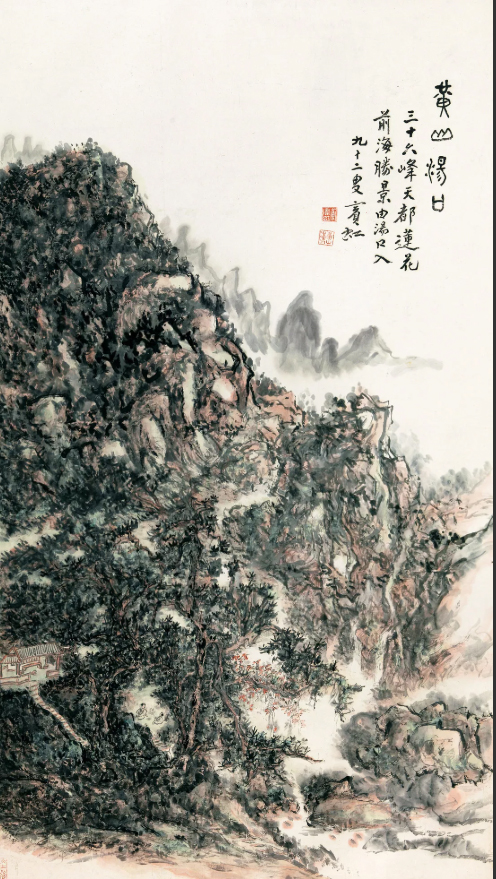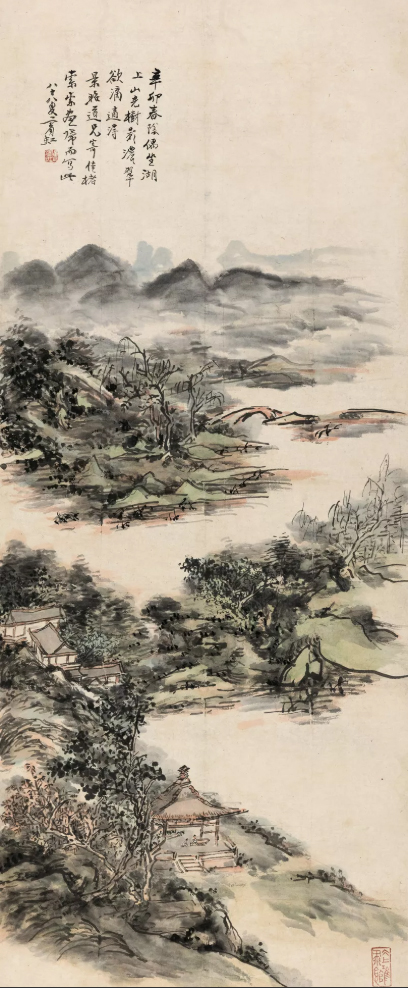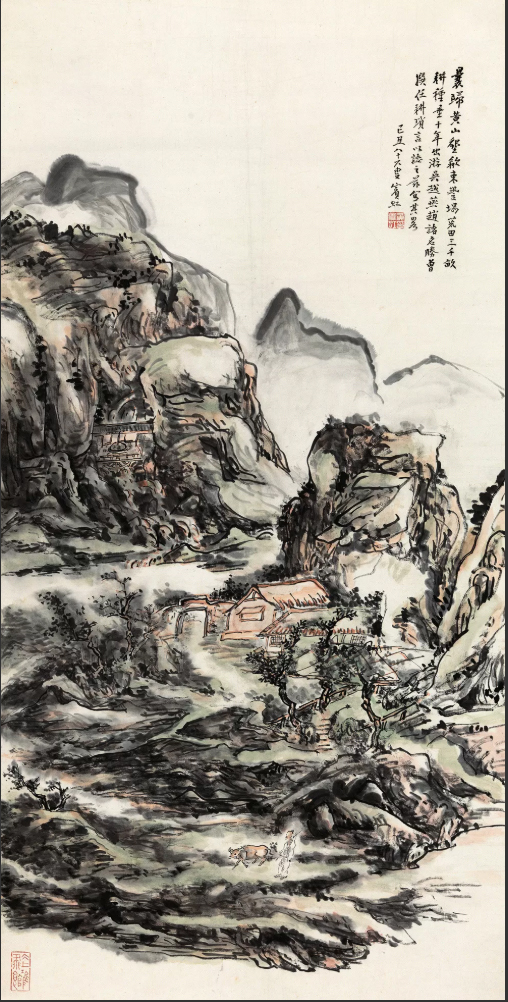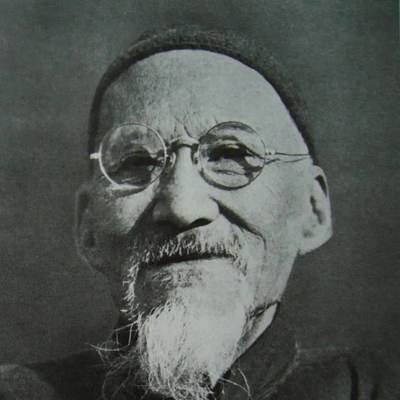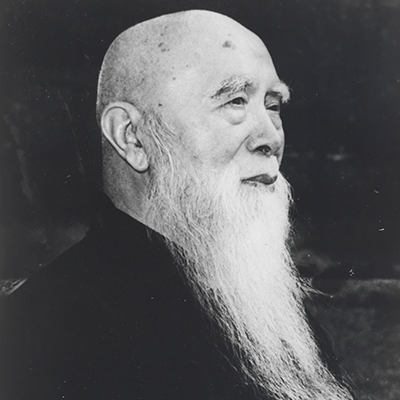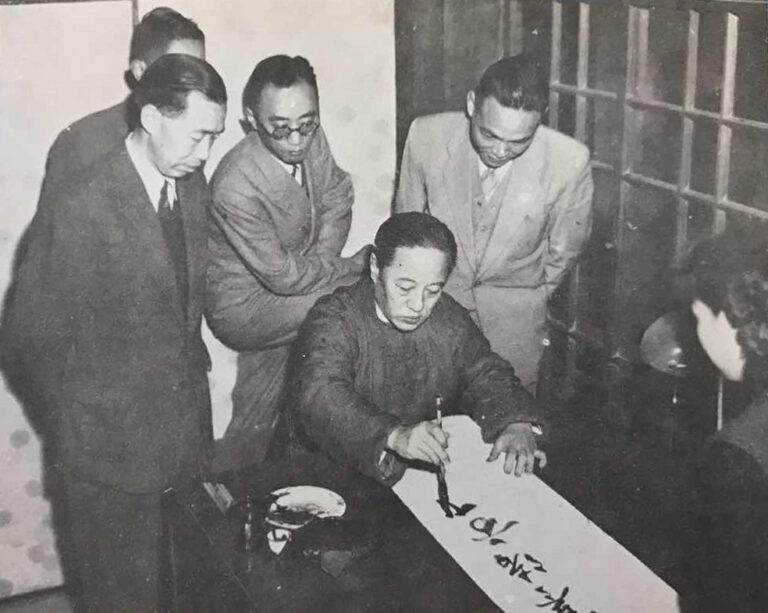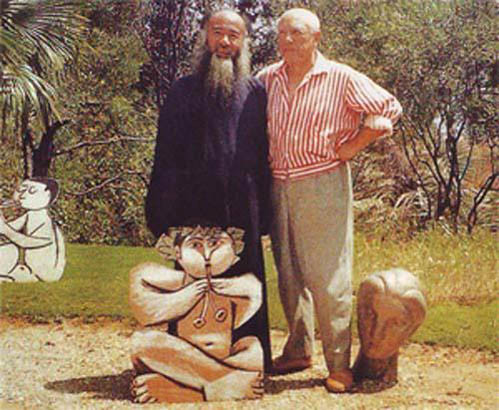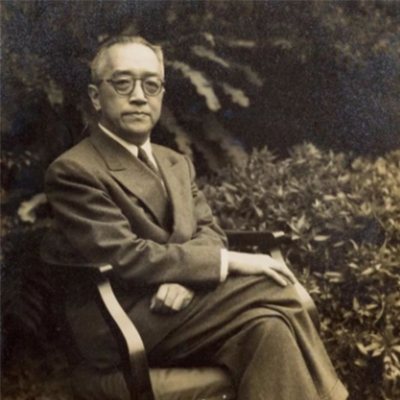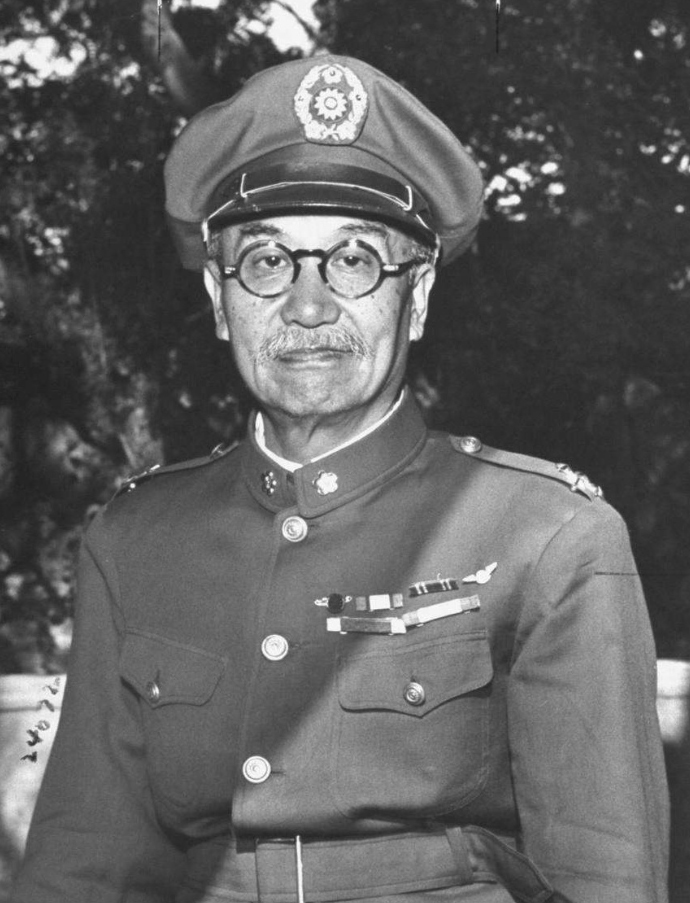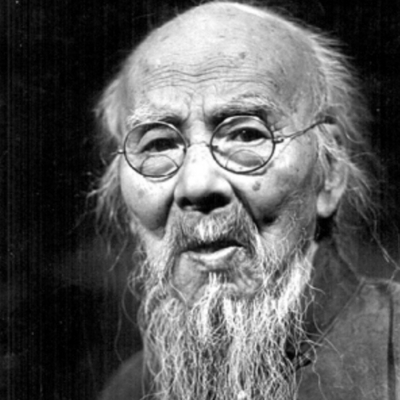1. Learning art in the early years: the nourishment of the home of Shuxiang and the first trip to Suzhou and Hangzhou
Huang Binhong has loved painting and calligraphy since he was a child. His family background and rich collection of books have created his deep love for literature and art. In 1887, he went to Yangzhou to work in the official office with the help of his friends. At the same time, he came into contact with a large number of ancient painting treasures and visited famous paintings and calligraphy of the Song and Yuan dynasties. During this period, his pen and ink were nourished and enriched.
2. The beginning of landscape and landscape: Master Song Yuan enters the Dharma and joins the West in the middle of the law
From the 1900s to the 1920s, Huang Binhong traveled successively to Suzhou, Hangzhou, Beijing and other places, absorbing the influence of painters such as Li Liufang, Cheng Sui, and Cheng Zhengkui, and combining the ancient methods of Song and Yuan dynasties with his own artistic intuition. He began to be known for the secret pen mountains and stones, “seeking secrets but not seeking dredging” and "cleansing the customs of the late Qing Dynasty."
3. Standing Education and Teaching: Academic Discussion on Painting and the Foundation of Education
From the 1920s to the 1940s, he taught at the Shanghai Museum, the Art School, Jinan University, the Art College and other institutions, went to Sichuan National Art College to train students, and founded painting clubs and colleges with Zheng Manqing, Xu Beihong, Zhang Daqian and others. In 1932, he entered Bashu to teach, promoted and reformed landscape painting education, and laid the foundation for the inheritance system of “Huang's painting”.
4. The transformation of ink painting: the blending of the secret pen realm and color and ink
Huang Binhong inherited the poetry of Song and Yuan Dynasties and the brushwork of the north and the south to create dense and Cangrun landscapes, often depicting the structure of mountain ranges with overlapping lines and shades, giving his works three-dimensional and spatial depth. He emphasized painting theory and appraisal, and his works "Honglu Painting Talk" and "Ancient Painting Micro" laid the academic foundation of landscape painting for future generations.
V. Representative works
- "The Picture of the Rain" -Yun Chong's pen describes the mountains and rivers and Songtao after the rain, and the ink rhyme and cool atmosphere are deeply expressed.
- "Lake and Mountain Clear Sky Map" –The view of the pool and the distant mountains are blended, and the atmosphere is elegant and peaceful.
- "Picture of Qixia in West Lake" –Depicting the landscape of Hangzhou West Lake, the pen style is ancient, and the ink color is light and layered.
- "Time and Labor Map" –Emphasize the precipitation of years and the weight of history, and use ink and composition to show the precipitation of time.
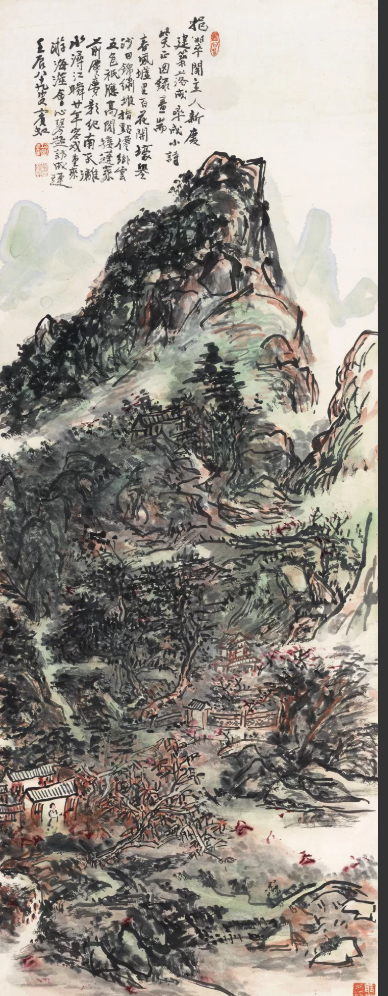
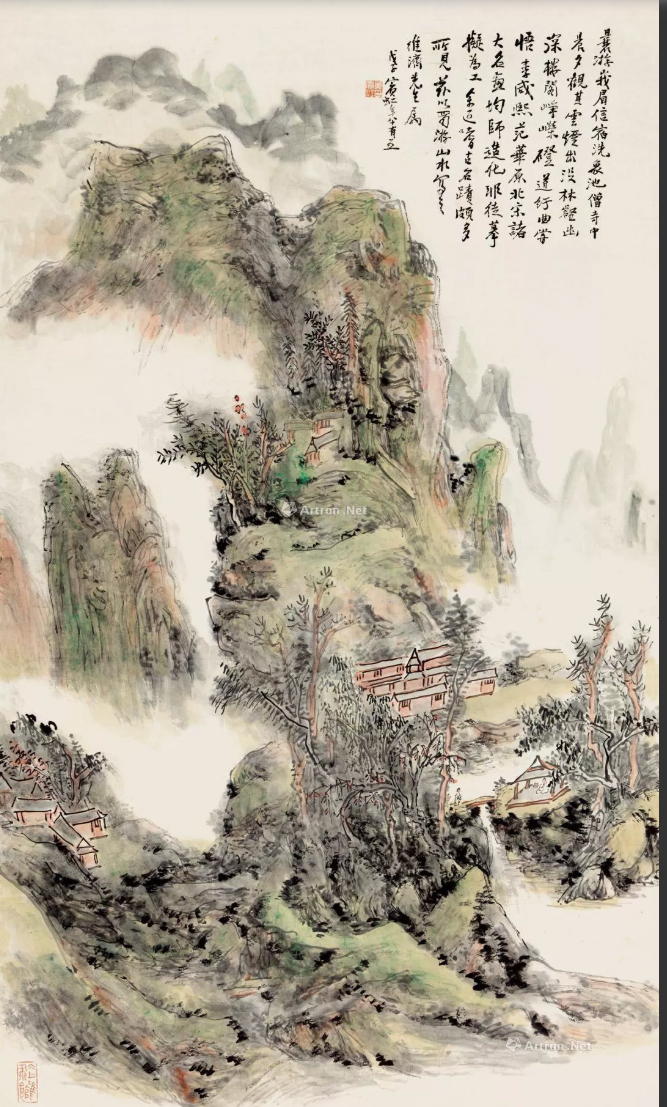
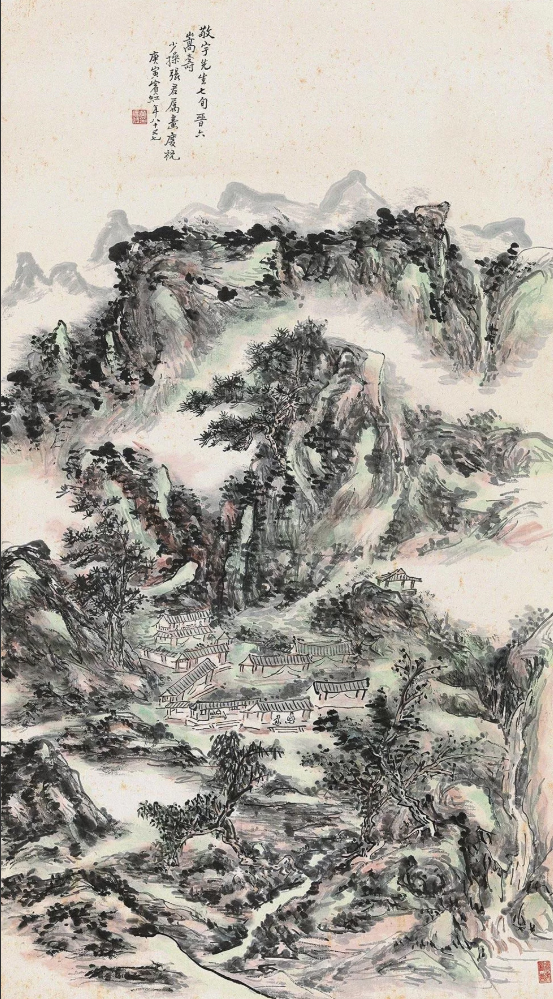
6. Late style: freedom of cracking and deep ink rhyme
In his later years, Huang Binhong relaxed his cracking method more, and “dense cracking variations” could be seen everywhere in the mountains and rocks, with heavy ink and water vapor. He emphasizes “color into the peak" and “smooth washing", emphasizing the texture and charm of the picture.
7. Teaching Inheritance: Tao Li Manmen
In his teaching career of more than 50 years, he has cultivated a group of younger masters such as Li Keyan, Qian Songyuan, and Jia Tianjian. His teaching style emphasizes technique and spirit, “washing away the vulgarity without falling into the style of painting.”
8. Painting Theory and Writings
His works include "Honglu Painting Talks", "Huangshan Painter Origin Examination", "Ancient Painting Micro", "Art Series", etc., ranging from landscape treatises to introduction to Chinese art history, not only provide a clear path for the study of painting, but also directly affect the education of Chinese painting.
9. Glorious old age: founding an art museum and the position of the society
After the establishment of New China, Huang Binhong served as the vice chairman of the East China Branch of the Chinese Artists Association and a professor of the East China Branch of the Central Academy of Fine Arts. His former residence was later converted into a Huang Binhong Memorial Hall, art Museum, and park to continue to spread the spirit of landscape painting.
10. Artistic Influence and Contemporary significance
Lu Shoukun commented: “The mountains and stones of Binhong revitalize the essence of Song painting and cleanse the vulgarity of the late Qing Dynasty.” The younger generations such as Li Keyan and Qian Songyan were deeply influenced by him and promoted his style to a new era; Huang Binhong established his life with the secret pen giant realm, the reconstruction of ancient methods, and teaching, leaving a brilliant milestone for modern landscape painting.
Conclusion and Invitation
In Huang Binhong's life, he adhered to ancient methods and cultivated the consciousness of the times. He did not rely on techniques alone, but used the painting theory of "pen with mind and ink with character" to comprehensively reconstruct the cultural status of modern landscape. So far, every stroke of ink is still alive in the viewer's heart, awakening meditation on mountains, culture, and times.
Dehuatang sincerely invites the collection of Huang Binhong's classic masterpieces, paintings, calligraphy and manuscripts. We provide high-priced acquisition and professional appraisal services to protect national artistic treasures and share cultural events. Welcome to inquire.
Portfolio




